- Tools
- Learn
- Help
Before you leave..
Why not download RevGlue latest free eguide.

Since the customer is always right, marketers need to continue to find ways to personalise their marketing efforts. Personalised marketing provides an opportunity for companies of all sizes and industries to create customised messages that will resonate with each person they reach out to. If you're a publisher, affiliate marketer or influencer and want to promote an affiliate product or service, consider moving away from generic advertising to use personalised marketing. It’s the way to maintain a competitive advantage as it allows you to show the right message to the right customer at the right time.
Content:
What Is Personalised Marketing?

Personalised marketing uses person-specific insights to create more targeted, relevant, and engaging messages that are delivered at the right time. The goal is to offer content or a product directly related to an individual's needs. Personalisation can be done through demographics like age, income level, or location; psychographics such as fashion sense, home decorating style or reading preferences; and behavioural like purchase history.
Personalisation is not just about making a sale. It’s about creating the best customer experience possible to help build better relationships and create an emotionally-connected brand, while increasing sales and loyalty rates.
Why Is Personalised Marketing Important?
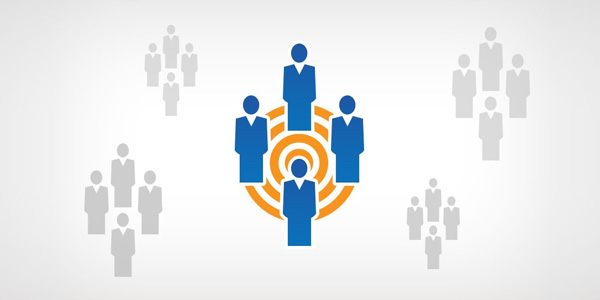
Personalised marketing can help you stand out from competitors, increase conversion rates and improve customer engagement. Marketing is more than just ads. It's about understanding the needs of your audience and delivering a message that resonates with them. Personalised marketing takes this idea to heart by tailoring messages to specific groups of people based on their interests, demographics, psychographics and other variables. Influences such as culture, gender, age or socioeconomic status can all play into how someone responds to a topic or advertisement.
Personalised marketing is proven to increase conversion rates. When people see a marketing message that resonates with them, they are much more likely to take the desired action, such as making a purchase.
Publishers can also use personalised messages to get their audience excited about new products or services and increase loyalty by sending information based on what subscribers want versus what marketers think they need. Personalisation can also be used to anticipate your customers' future needs and offer timely information that is easy to act on.
How to Do Personalised Marketing?
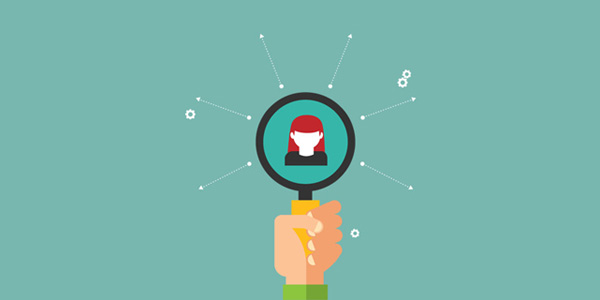
Here's an actionable way to do personalisation: start by identifying your target audiences and then, based on their interests or behaviours, offer them content explicitly related to those topics. This could be done through email messages and social media. For example, if your target is 25-35 year-old women interested in fashion, one tactic is to send them emails about new trends or offers for upcoming runway shows—or even tagging influencers known for covering these subjects on Instagram.
Personalised marketing campaigns are getting more innovative and targeted. To start a personalised campaign, begin by gathering customer data from any or all of the following sources:
- Demographics: age, gender and geographic location, and income level.
- Behavioral data: who they click on and what products they purchase.
- Psychographics: fashion sense, home decorating style or reading preferences.
Tools for Personalised Campaigns:
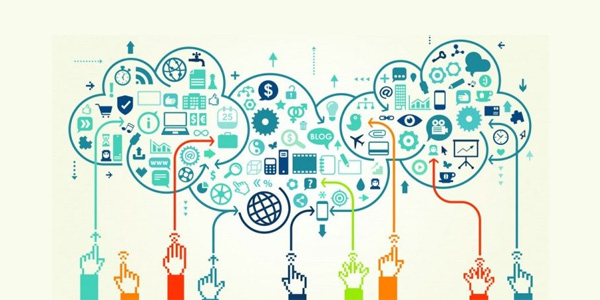
Personalised marketing campaigns are becoming the norm in our digital world. The best tools for personalised marketing campaigns help you effectively tailor your message based on the individual customer. There is a wide range of options available, so it can be challenging to decide which one is best for your business needs. Here will show you some of the most popular ones to help you get started with personalising your marketing messages more effectively and efficiently.
1-Information-Gathering Tools:
You need tools that will allow you to gather information about the customer to personalise your messages. The best tools for gathering information are the ones that provide a comprehensive database of individual customers. You can use these databases to determine what products they purchase, their psychographics (i.e. fashion sense, home decorating style or reading preferences), and other important demographic data like age range and gender.
Sign Up Forms: The first tool at your disposal is the signup form that subscribers feel out on your website. You typically don't want your registration form to include too many questions because of privacy considerations and making the sign-up process as fast and easy as possible. While everybody must provide an email address to sign up, it doesn't hurt if you also ask optional questions about their gender, age range, and any other demographic information that might be relevant to your blog. You can take advantage of that data when sending out your offers.
Google Analytics: It is an analytics platform used by many businesses. It allows you to track every step of the customer journey, from touchpoints, conversions, products, or services consumed.
Facebook Audience Insights: Marketers can use Facebook's audience insights tool for more detailed information such as psychographic audiences like "Technology Lovers" and "Fitness Fanatics." For instance, if you want to find out what your customers are interested in so that you could create tailored messages specific to them, then this is the best place to start looking
Twitter Tailored Audiences: Twitter tailors its ads by showing products based on what it knows about you—your location, what you've tweeted about in the past, and so on. This makes it easier for companies to reach their target audience with relevant ads. You can also use Twitter to run polls to get feedback from your followers or ask them about their interests.
2-Information-Sending Tools:
After understanding your customers' personal needs using the tools mentioned above, it's now time to send them information. You can do this by using email, LinkedIn and other more creative tools like chatbots or Twitter's Smart Reply function. You need tools that will help you create and send tailored messages to different groups of customers and measure how they're performing. The tools are essentially categorised into three types.
1- Personalised email tools.
2- Personalised video message tools.
3- Personalised web content tools.
Hyper-Personalized Marketing:

But first, we need to understand what hyper-personalisation is. It is the act of tailoring a product or service to an individual's specific needs. It's not about traditional marketing with a one-size-fits-all approach. It is personalised and tailored for each person in your audience.
You can make your marketing messages hyper-personalised by, for example, using a customer's first name when sending them an email. Another way to hyper-personalise your marketing messages is through rewards and messaging tailored to customers based on their actions or preferences. For example, if you have an e-commerce store, you could send personalised discounts when they've visited your site but haven't taken any action yet.
Personalised Email Tools:
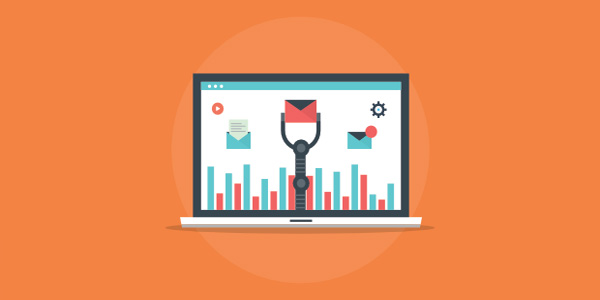
Email marketing is a great way to connect with your audience. With more than 3 billion accounts, almost everyone has an email account, making it one of the most popular ways to reach people online. According to research done by Experian, personalised emails are six times more likely to be opened than non-personalised emails.
Email marketing is easy and effective because it allows you to target audiences based on preferences, past purchases, goals, and behaviours. You can personalise an email's subject line, the name on the "To" field, the email content and even send it at a time that's convenient for them. Be sure your targeted emails are relevant and tailored in content.
Tools such as MailChimp or EmailOctopus allow you to automatically do that when sending a group email. They both have free plans that you can start with. In addition to their names, these tools allow you to add other personalised messages unique to each recipient, such as a call-to-action link that directs each receiver to a specific webpage. These tools make it easy to be relevant and personal with your marketing emails without the stress of building a list or customising each email.
You can use personalised emails to engage your customers by sending them, for example, a nice birthday message, or promote your products by sending them a relevant offer.
Personalised Videos Message Tools:
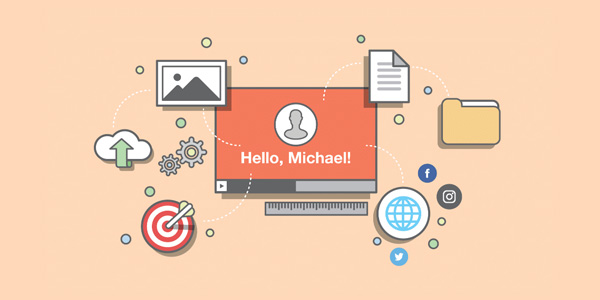
New technology allows brands to customise the way they interact with their customers, and it's no different in marketing. Affiliate marketers can take advantage of creating personalised videos to reach their audiences better. Videos can increase the conversion rate by 80%.
Like emails, to create a personalised video, you need some of your customer's information such as their name and maybe even their photo. You can then use this information to produce an appealing message that speaks directly to the user. This will allow them to feel as if they are being communicated one-on-one by your company - instead of through impersonal ads online or videos shared across social media feeds.
You might be wondering how on earth can I create thousands of separate video messages for all of your subscribers?
No worries, creating video messages is easier than ever before with technology that offers you the ability to customise videos for each person who watches them by adding text and images specific to them. Tools such asRocketium orPirsonal provide many templates to make it easy to create beautiful, customised videos specific to each potential customer. In the video, you can direct every user by name to particular pages on your website or share a coupon code for an item they may be interested in purchasing.
All you need to do is create a Google spreadsheet with the information of those you want to target: their names, email address or CTA messages. The spreadsheet can contain information about as many people as you want. You will then need to integrate that spreadsheet with Rocketium or Personal through an integration platform such as Zapier. In a matter of minutes, those videos will be created and sent out to each customer by email.
Personalised Web Content Tools:
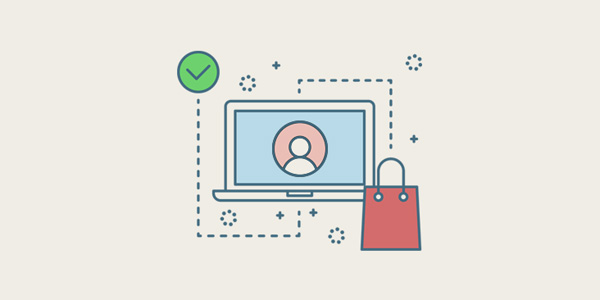
A successful landing page increases conversions. After all, the whole point of a landing page is to offer something of value in exchange for an email address. But what are you offering? And who are you targeting? These two fundamental questions will help you create a more personalised landing page that reaches your target audience and converts them into subscribers. You can even hyper-personalise your web content based on people's IP addresses.
A personalised home page will be much more effective at converting visitors if it offers something they want or need. In other words, know your customer and how they best interact with content online. What's better than giving someone what they want when they want it? That's why identifying your target audience should be high on your priority list, as well as determining the types of content most likely to resonate with them. Doing this will provide a better customer experience, which leads to more loyal customers who spend more money on average than new ones coming in and potentially greater word-of-mouth advertising.
Tools such as Marketo andOptimizely are great to personalise web content. They make your website to match every visitor's interest, even if they are anonymous. In other words, you can make your landing page different for two different visitors. Research shows that personalised web pages can increase conversions by more than 113%.
So, what are the takeaways from this article? There's no one-size-fits-all approach to marketing. What works for me may not work as well for you. Personalised marketing is the key to success in today's digital world. If you want your message to resonate with customers, make sure it resonates with them personally by personalising content and campaigns for each individual customer.
For example, don't create a generic banner ad campaign that features one of your products or services on Facebook - run an advertisement that targets someone who has shown interest in similar items before or even something they've already purchased from you. This way, you'll be able to reach out to people where they are most likely interested in hearing about what you have to offer without wasting any time and money trying to get their attention.
We hope you enjoyed reading this blog post. If you want to excel as an affiliateand get expert advice on anything affiliate marketing, start by subscribing to our newsletter.
Upgrade your affiliate game.
Monetise your projects the easy way with our suite of time saving publisher tools. Create a free account on RevGlue.com today to start your journey.